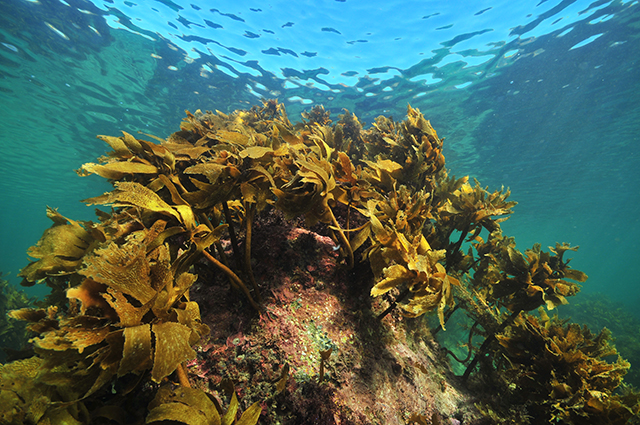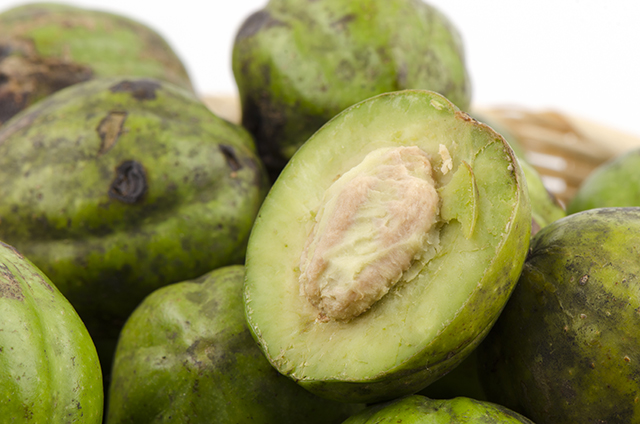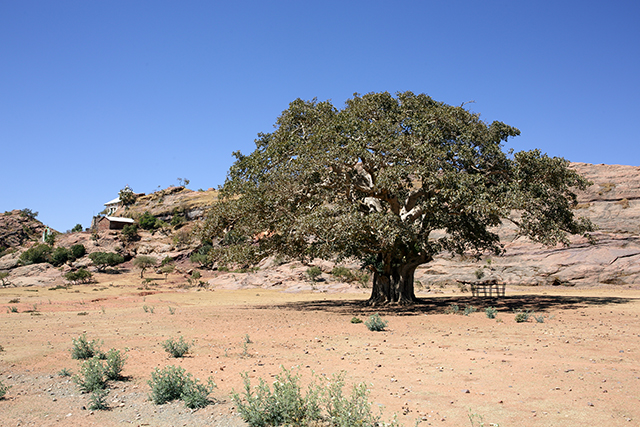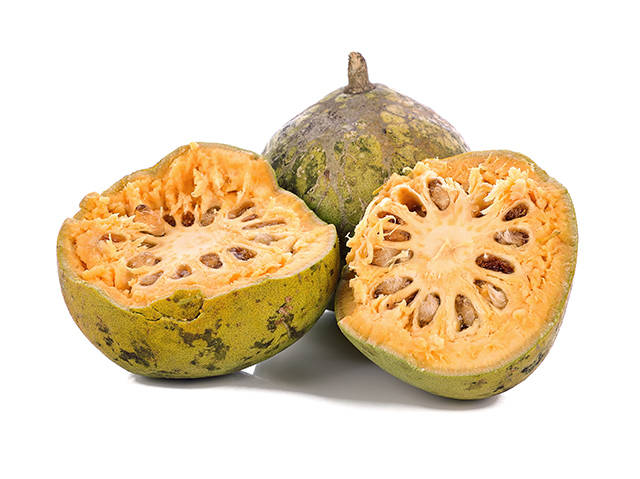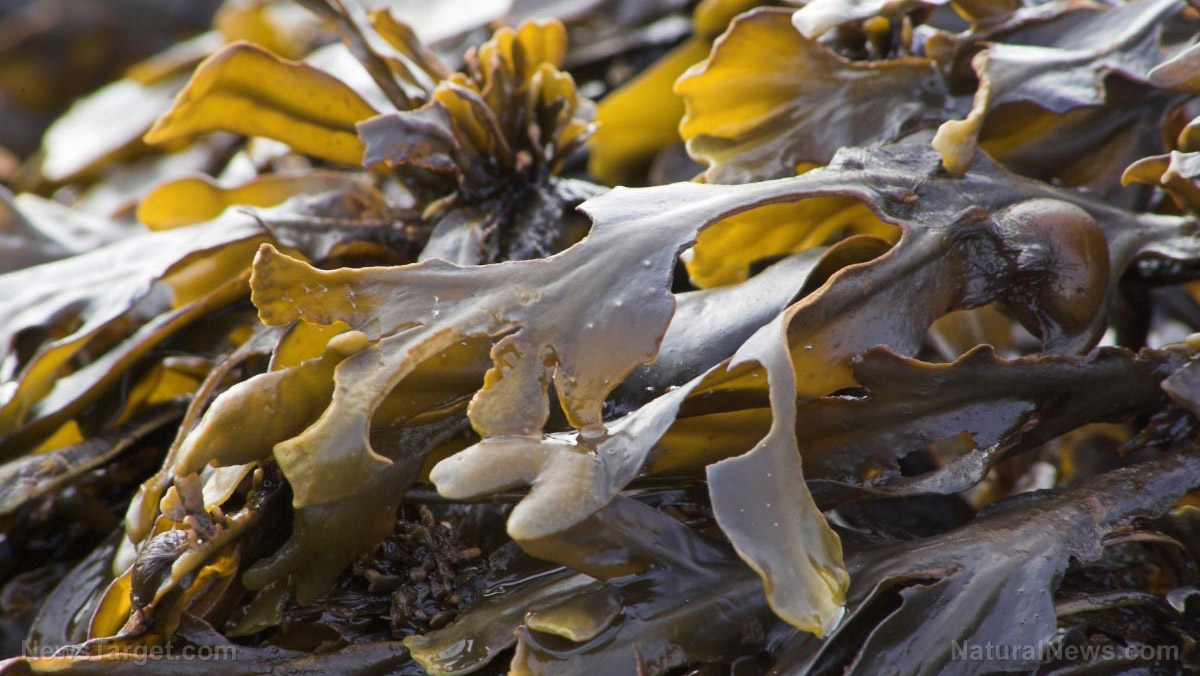Researchers say that this traditional Chinese herbal complex can promote hair growth
09/05/2018 / By Edsel Cook
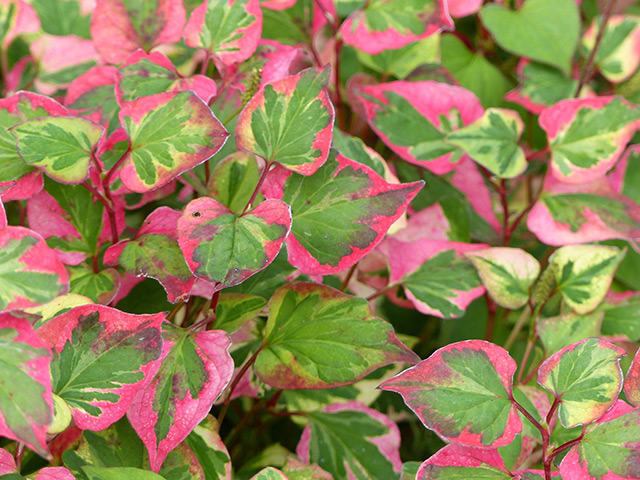
A herbal complex from traditional Chinese medicine (TCM) might offer a safe and natural means of restoring the hair of people who suffer from spot baldness. In an animal study, Korean researchers showed that this complex could encourage bald mice to regenerate their lost hair.
The Chinese herbal complex is made from the chameleon plant, the Korean perilla, and green tea. Each of these ingredients is a herbal remedy in their own rights. The chameleon plant (Houttuynia cordata) is called Eu-Sung-Cho in Korea and China. It is a medicinal herb that is used throughout Asia over the centuries to treat various diseases. In more recent decades, the plant was shown to protect against allergies, bacteria, cancer, inflammation, and viruses. It contains multiple phytochemicals like flavonoids and polyphenols that could account for the chameleon plant’s beneficial properties.
Traditional Chinese medicine prescribed oral treatment of Eu-Sung-Cho as a herbal remedy for spot baldness (alopecia areata). The chameleon plant is often combined with the Korean perilla and green tea as a tri-mix complex that promotes hair growth. Like the chameleon plant, the Korean perilla (Perilla frutescens var. acuta) sees much use as a herbal remedy for various illnesses. Its anti-allergenic, anti-bacterial, anti-inflammatory and anti-microbial properties may explain why it is effective on remedying colds, fevers, and coughs.
The third member of the trifecta is green tea, one of the most popular drinks in Asia. A separate study by Seoul National University researchers reported that the epigallocatechin-3-gallate in green tea could spur the growth of human hair by encouraging the proliferation of dermal papilla cells while stopping cellular self-destruction. (Related: Understanding baldness: Causes, types and potential home remedies.)
A traditional Chinese herbal complex aids hair regeneration in bald mice
For the new study, the Catholic University of Korea (CUK) research team shaved mice with animal clippers and hair removal cream. They tested the chameleon plant-Korean perilla-green tea complex on these bald mice to see if they could affect hair regeneration.
Two groups of mice received 200 and 400 milligrams per kilogram (mg/kg) doses of the herbal complex based on TCM texts. A third group received one mg/kg of finasteride, one of the two FDA-approved medicines to treat spot baldness. All treated mice received their medications for 25 days. Researchers observed the mice for hair growth and their levels of insulin-like growth factor (IGF)-1 and transforming growth factor (TGF)-?1. Higher levels of IGF-1 corresponded with increased growth of hair follicles, while (TGF)-?1 is linked with cell regulation, including cell apoptosis/self-destruction.
The results of their experiment showed that the herbal remedy can affect IGF-1 and TGF-?1 levels. In particular, the chameleon plant part contains the phytochemical procyanidin B-2 that can inhibit TGF-?1. There may be another chemical compound in the herbal complex that likewise affects IGF-1. The result is that the IGF-1 levels are much higher in complex-treated mice than in untreated mice, while the TGF-?1 levels are correspondingly lower.
Analysis of the chameleon plant extract uncovered quercitin, rosmarinic acid, and tannins. Quercitin reduced the effect of hair loss, rosmarinic acid can protect folliculitis and aids hair growth regeneration potential, and tannins can prevent or even treat alopecia. When compared with the finasteride treatment group, the complex0-treated mice showed slightly better IGF-1 levels and slightly lower TGF-?1 levels. It should be noted that finasteride is not recommended for use by fertile or pregnant women because it could potentially cause the malformation of external genitalia in male fetuses.
The CUK researchers concluded their study by suggesting that the TCM herbal extract of the chameleon plant, Korean perilla, and green tea contained bioactive compounds that encouraged the regeneration of hair in bald mice.
Read about more possible natural solutions to spot baldness at Cures.news.
Sources include:
Tagged Under: alternative medicine, baldness, chameleon plant, Green tea, green tea benefits, herbal cures, herbal medicines, medicinal plants, natural cures, Natural Treatments, Perilla, remedies




